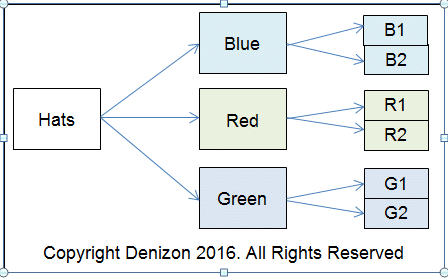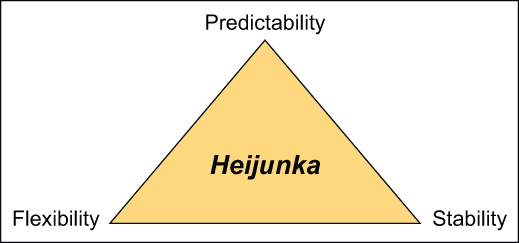Energy management is of interest to various stakeholders; be it heads of facilities, heads of procurement, heads of environment and sustainability, financial officers, renewable energy managers and heads of energy. Some of the energy management tips that can be used to achieve considerable energy savings are:
1) Purchasing energy supplies at the lowest possible price
2) Managing energy use at peak efficiency
3) Utilising the most appropriate technology
1. Purchasing energy supplies at the lowest possible price
Purchasing energy supplies at the lowest possible price could be the starting point to great savings of energy costs. This can be achieved through switching your energy supplier. It is always advisable for companies to always take time to compare the energy tariffs to ensure they are on the best tariff and make great savings.
2. Managing energy use at peak efficiency
(a) Free help
There are some online tools that offer energy-efficiency improvements. These could come in handy in helping someone find out where to make energy-efficiency improvements.
(b) Energy monitors
An energy monitor is a gadget that estimate in real time how much energy you’re using. This can help one see where to cut back on energy consumption.
(c) Turning down thermostats
Turning down radiators especially in rooms that are rarely used/empty rooms or programming the heating to turn off when no one is there can go a long way in saving energy and energy costs.
(d) Use energy saving bulbs
Use of energy-saving light bulbs can cut down on energy usage drastically. Replacing all the light bulbs with energy-saving ones could make significant savings on energy usage and replacement costs since energy saving bulbs also have a longer life.
(e) Switching off unnecessary lights
It is also important to switch off lights that are not in use and to use the best bulb for the size of room.
(f) Sealing all heat escape routes
It is recommended that all gaps should be sealed in order to stop heat from escaping. Some of the heat escape routes are: windows, doors, chimneys and fireplaces, floorboards and skirting and loft hatches. The ways through which this can be achieved are:
? Windows- use of draught-proofing strips around the frame, brush strips work better for sash windows
? Doors – use of draught-proofing strips for gaps around the edges and brush or hinged-flap draught excluders on the bottom of doors
? Chimney and fireplace – inflatable cushions can be used to block the chimney or fit a cap over the chimney pot on fireplaces that are not used often
? Floorboards and skirting – Using a flexible silicon-based filler to fill the gaps
? Loft hatches – the use of draught-proofing strips can help to prevent hot air escaping
It is also important to consider smaller holes of air such as keyholes and letterboxes.
3. Utilising the most appropriate technology
Utilisation of technology as an energy management tool can be by way of choosing more energy efficient gadgets and by way of running technological gadgets in an energy efficient manner.




